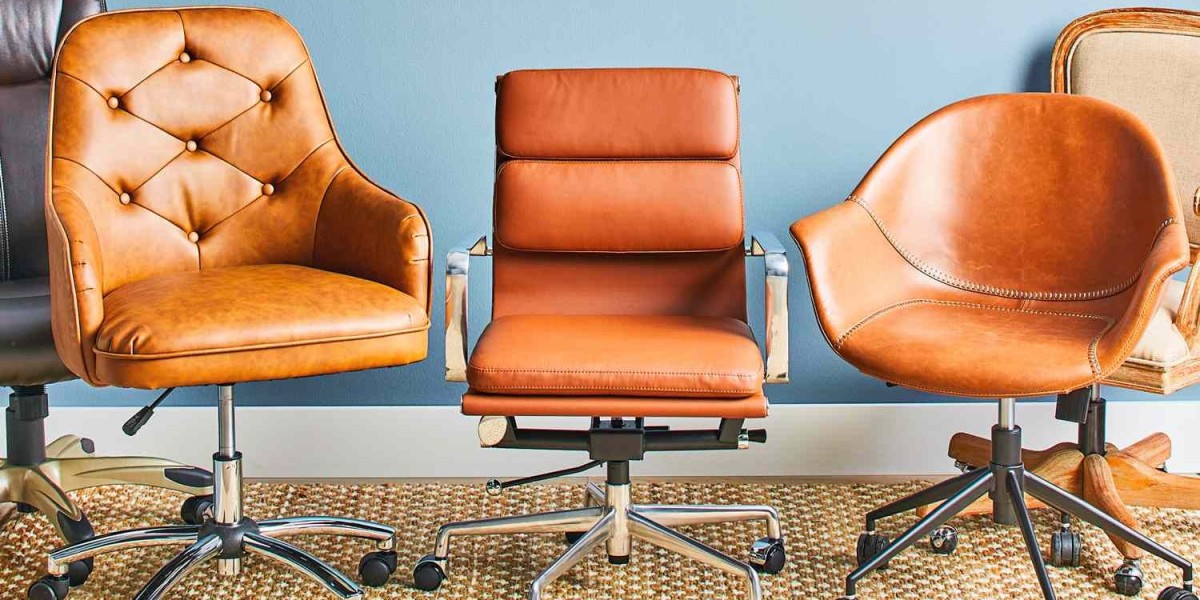Furnishing a hybrid workspace requires creating an environment that accommodates a blend of in-office and remote work, supporting both collaboration and individual productivity. The key is flexibilityfurniture should be adaptable to various working styles and needs. Here are some furniture ideas for designing a flexible, hybrid workspace:
1. Modular Workstations
- Flexible Desks: Modular desks can be easily rearranged or expanded to create individual workstations or collaborative spaces as needed. Look for desks with adjustable heights, so employees can switch between sitting and standing during the day.
- Mobile workstations: Desks on wheels or mobile work carts allow employees to move their workspace to different areas of the office, which is perfect for a hybrid environment where collaboration zones and quiet areas are both needed.
- Shared workstations: For employees who come into the office part-time, shared or "hot desks" equipped with docking stations and universal charging ports allow them to easily plug in and start working wherever there's space available.
2. Flexible Seating Options
- Ergonomic chairs: Adjustable, ergonomic office chairs ensure comfort for long hours of work, but in a hybrid workspace, opt for chairs that are lightweight and easy to move. This allows employees to shift seating depending on whether they need to focus solo or work with a team.
- Task chairs and stools: In collaborative spaces, consider using task chairs and stools with minimal adjustments but maximum flexibility. Swivel bases and light frames allow employees to move around easily for quick meetings or discussions.
- Flexible seating pods: Pods or small nooks with lounge chairs or semi-private seating provide quiet areas for focused work or virtual meetings. These are ideal for employees who need privacy while working in an open space.
3. Collaborative Furniture
- Modular meeting tables: Tables that can be expanded, combined, or separated allow teams to configure their meeting spaces according to the size and nature of their collaboration. Foldable tables or ones with collapsible legs are also great for easy rearranging.
- Soft seating areas: Incorporating soft seating, such as couches, armchairs, and ottomans, into your workspace creates informal meeting spots where employees can gather for brainstorming sessions or casual conversations. These areas can also double as relaxation zones when not in use.
- Collaborative hubs: Install collaborative hubs with whiteboards or digital screens for teams to gather around and share ideas. Include furniture like movable tables and stools that can be arranged to fit the needs of different group sizes.
4. Height-Adjustable Desks
- Sit-stand desks: Height-adjustable desks are a must-have in a hybrid environment because they allow users to work comfortably, whether they prefer sitting or standing. These desks offer employees the freedom to switch positions throughout the day, improving productivity and reducing fatigue.
- Desk converters: If a full sit-stand desk isn't feasible, desk converters are a budget-friendly alternative. These allow employees to turn any desk into a standing workstation by placing a height-adjustable platform on top of their desk.
5. Movable Partition Walls and Dividers
- Mobile dividers: To create semi-private workspaces or define different areas within the office, use movable partition walls or dividers. These can be easily rearranged to create open areas for collaboration or enclosed spaces for focused work.
- Acoustic panels: Acoustic dividers not only provide visual separation but also help to reduce noise in an open-plan layout, making it easier for employees to focus or hold virtual meetings without distractions.
6. Technology-Integrated Furniture
- Tech-enabled desks: Desks with built-in power outlets, USB ports, and cable management systems are essential for hybrid workspaces. These help employees quickly connect their devices and reduce cable clutter, making hot-desking or shared workstations more efficient.
- Wireless charging stations: Install wireless charging pads in desks or communal tables so employees can charge their devices easily without having to search for outlets.
7. Breakout and Lounge Areas
- Informal breakout zones: Create lounge areas with comfortable sofas, coffee tables, and casual seating to encourage informal discussions and creative brainstorming. These areas can also double as a relaxed space for employees to recharge between tasks.
- Convertible furniture: Look for furniture that can serve multiple purposes, such as ottomans that double as storage or side tables that can be transformed into work surfaces. This allows you to maximize the use of breakout spaces while keeping them functional.
8. Compact Storage Solutions
- Lockers for personal storage: In a hybrid workspace where employees may not have dedicated desks, provide personal lockers for them to store their belongings securely. This reduces clutter and gives employees peace of mind knowing their items are safe when they're not in the office.
- Mobile storage units: Mobile file cabinets or storage units that can be wheeled between desks provide flexible storage solutions in a hybrid office. These units can be shared between employees or easily moved to wherever they are needed.
9. Privacy Pods or Focus Areas
- Phone booths or focus pods: Small, enclosed booths equipped with a desk and seating can provide employees with a private space for making phone calls, attending virtual meetings, or working on tasks that require deep focus. These are essential in hybrid environments where employees need quiet areas away from collaborative zones.
- Acoustic chairs or pods: High-back chairs with acoustic features create semi-private areas for employees to work without distractions, even in an open space. These chairs can be placed in quiet zones or near collaborative areas to provide flexibility in seating arrangements.
10. Outdoor or Alternative Workspaces
- Outdoor workstations: If your office has access to outdoor space, consider furnishing it with weather-resistant tables, chairs, and shade structures to create alternative workspaces. This gives employees the option to work in fresh air and natural light, which can boost mood and productivity.
- Flexible seating outdoors: Lounge chairs, picnic tables, or bistro sets can be used to create informal outdoor work zones that provide a change of scenery for employees who spend part of their day in the office.
Conclusion
A hybrid workspace requires versatile, adaptable furniture that supports various work styles, from collaborative meetings to focused solo tasks. Prioritize modular, mobile, and tech-integrated furniture that can be easily rearranged and reconfigured. Providing employees with ergonomic options, privacy when needed, and collaborative spaces will ensure your hybrid office is both functional and comfortable, catering to the flexibility that todays workforce demands.






